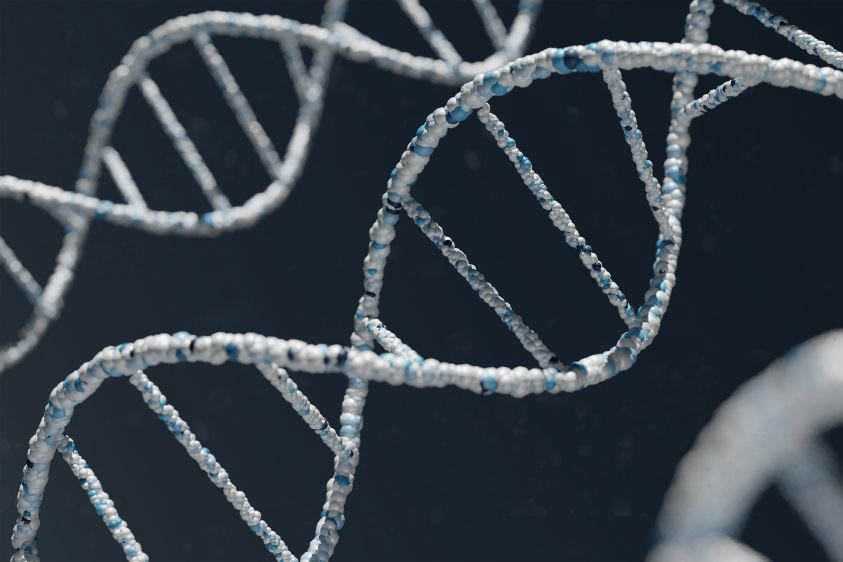Prof. Dr. Stephan M. Krämer

Head Department of Environmental Geosciences
Vice Director Studies Environmental Geosciences
Vice Director Doctoral School VDS-MES
☎ +43 1 4277 53463
✉ stephan.kraemer@univie.ac.at
⚲ Josef-Holaubek-Platz 2 (UZA II), Room 2C186, 1090 Vienna
Stephan Krämer’s group studies the interactions of the biosphere with earth materials. Surface chemistry processes at the interface of biotic and abiotic materials play a critical role in driving environmental processes like pollutant transport, nutrient availability, mineral weathering, and global element cycling.
Stephan and his group study the mechanisms underlying surface biogeochemical processes in various contexts, from the transformation and mobilisation of pollutants to the acquisition or loss of nutrients in plants. His group uses modern methods such as non-traditional stable isotope geochemistry and synchrotron X-ray adsorption spectroscopy to study these processes on a molecular scale.
Notably, they also explore how interactions between mineral surfaces and nucleic acids (DNA, RNA) leads to the preservation or degradation of environmental DNA.
Biogeochemistry
Environmental biogeochemistry is an exciting field of research that studies how biotic (organisms) and abiotic components (soil, minerals and natural organic material) of the environment interact. Surface chemistry processes at the interface between these components play an important role in driving these interactions which in turn control key processes in the environment such as pollutant transport, the bioavailability of nutrients, mineral weathering, and global element cycling. The nature of the chemistry involved is often complex and diverse, including redox processes, acid base chemistry, dissolution and precipitation processes and complexation reactions. Our group research focuses on elucidating the chemical mechanisms at these surfaces on a molecular scale and on quantitatively understanding them.
Pollutant and nutrient biogeochemistry
Our group has a particular interest in elucidating processes at the mineral-metal-organic interface that control the transformation, mobilization, or stabilization of various pollutants (e.g. chromium and uranium) and nutrients (e.g. phosphorous, copper). We do this via field studies and in controlled laboratory experiments, employing various analytical techniques (e.g. XRD, XRF, ICP-MS, XAS) as well as non-traditional isotope geochemistry. We investigate the reactivity of biogenic chemical compounds in model systems but we also involve microbial cultures and plants as well as complex soil systems and sediments. The results of these studies are used to construct quantitative thermodynamic and kinetic models that may serve to predict the effect of biogeochemical processes in complex environments.
Mineral interactions with nucleic acids
Another of our primary interests is investigating the interactions between mineral surfaces and nucleic acids (DNA, RNA) to better understand processes which lead to the preservation or degradation of genetic material in environmental systems. We work closely with anthropologists through the MINERVA research platform (link) to elucidate mechanistic controls on DNA preservation at mineral surfaces to better understand and identify environments that favor the preservation of ancient DNA. In addition, we are also interested in the role of minerals in the fate of viral DNA and RNA in environmental systems. We use a Qubit 4 fluorimeter, an automated gel electrophoresis setup (Agilent 2200 Tape station) and g-PCR for nucleic acid analysis, in addition to our facilities for mineral characterization (XRD, XRF, surface charge, and surface area)
Krämer Group Projects







